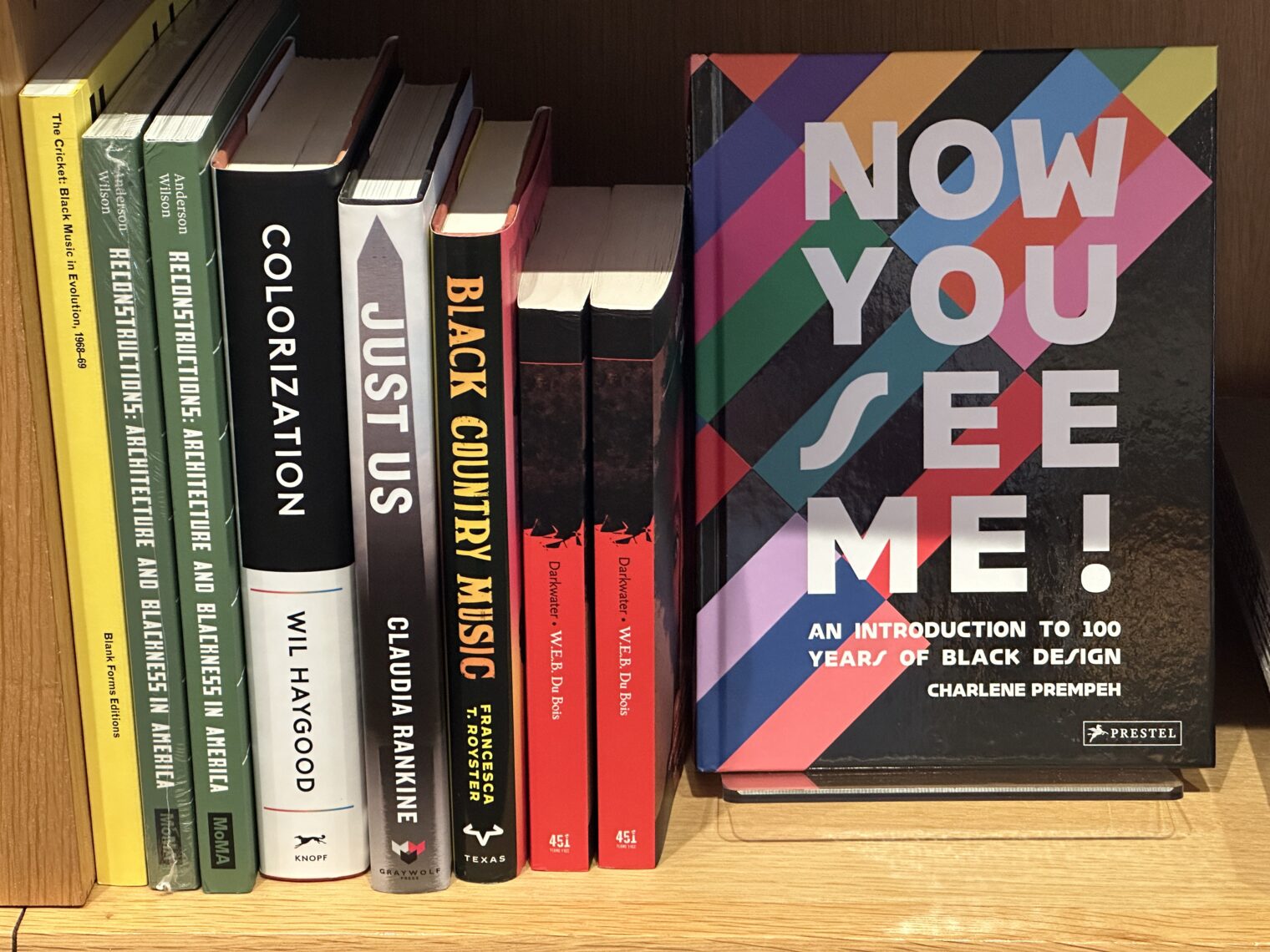Will the U.S. have to give up the First Amendment as a result of open borders?
A few months ago I wondered if the Second Amendment right to bear arms was compatible with mass immigration: How can a country have a right to bear arms and also an open border? (people with violent criminal histories can walk into the U.S. become citizens since we don’t have access to databases in all of the countries that are enriching us)
The U.K. doesn’t have a constitution, but the peasants there thought that they had a right to free speech until recently when they learned that opinions regarding mass immigration needed to be expressed within strict limits (example). This post is about whether the U.S. will need to formally repeal both the First and Second Amendments in order to create greater harmony in a country that is more densely packed with humans who have nothing in common other than not liking where they used to live.
We’ve already had to restrict the right to express disagreement with the state religion. See, for example, Adolfo Martinez’s 16-year prison sentence for taking a sacred Rainbow Flag off an Iowa church and burning it in the middle of the street (Reason describes it as a 15-year sentence, but maybe that is because of a confusion about credit for time served? Interestingly, the pastor of the purportedly “turn the other cheek” church was delighted with the heretic’s sentence, about what Attempted Murder might have gotten).
Elites and peasants have completely opposite financial interests when it comes to low-skill immigration (see the Harvard analysis in “Yes, Immigration Hurts American Workers” finding a $500 billion/year transfer from the working class to the elite at pre-Biden/Harris levels of immigration and in pre-Biden/Harris dollars). This division has been explicit in the U.K. where the peasants voted, via Brexit, to reduce low-skill immigration and the elites simply ignored them. From The Telegraph, August 22, 2024:
For nearly 30 years the public have voted for lower immigration, only for politicians of all stripes to raise it. Even after Brexit, when we finally regained control of our borders, the public were betrayed. Decisions taken in 2019 relaxed controls and sent net migration spiralling to historically unprecedented levels. Freedom of movement with Europe was replaced with a system so liberal it effectively amounted to freedom of movement with the rest of the world.
In the first quarter of this year, the government issued more family visas to the dependants and relatives of Somali nationals (269) than it did work visas to physicists, chemists and biologists from all other countries put together (198).
Despite the increase in spousal visas, Labour have already scrapped the plan to raise the minimum income requirement for family visas from £29,000 to £38,700. It’s a return to the type of low-skilled immigration that has burdened, not boosted, our economy.
I was chatting recently with a friend who Zooms it into a $500,000/year job from a multi-acre property in the Boston suburbs. She said, “I’m going to vote for Harris because we need more immigration. It is too difficult to find people to work on the house and yard at a reasonable price.” (She’s registered to vote in Maskachusetts so, of course, her vote won’t matter, but I found her reasoning interesting.) This explicit wish for lower market-clearing wages seems like the kind of expression that will need to be suppressed because it would inevitably lead to disharmony. On the other side, we would need to suppress “dangerous and false narratives” (MSNBC) that open borders are conducive to crime and drugs. If a narrative is “dangerous” then shouldn’t we want to prevent people from providing that narrative? I hope that we can all agree that danger is bad and safety is good. See also “Politicians’ talk of a border ‘invasion’ is speech that experts say has gotten people killed” (Ohio Capital Journal, April 2024). We don’t want people being killed merely because we can’t get rid of an outdated part of the Constitution that might have made sense when the U.S. was young, small, and socially cohesive.
From the United Nations:
“We all have to remember that hate crimes are preceded by hate speech.” This is how Adama Dieng, UN’s Special Adviser on the Prevention of Genocide, starts the Stopping Hate Speech video. “We have to bear in mind that words kill. Words kill as bullets”, he continued.
If we want to prevent violence among the disparate groups that now reside in the U.S., won’t we need to prevent unauthorized speech?
Here are some folks who could use a cooling off in prison, for example:
(“Deport All Illegals” doesn’t make sense given our asylum laws that nobody proposes changing. As soon as a person says “I felt unsafe back home” he/she/ze/they is a legal asylum-seeker. The “Assimilate” sign also makes no sense. If we are offering immigration on the basis of a lack of safety in some other country there is no reason to believe that someone here to take us up on our offer of asylum has any affinity for what used to be considered American culture.)
Loosely related… Kamala Harris says that a muscular president can ban guns (or at least some types of guns) without amending the Constitution:
























